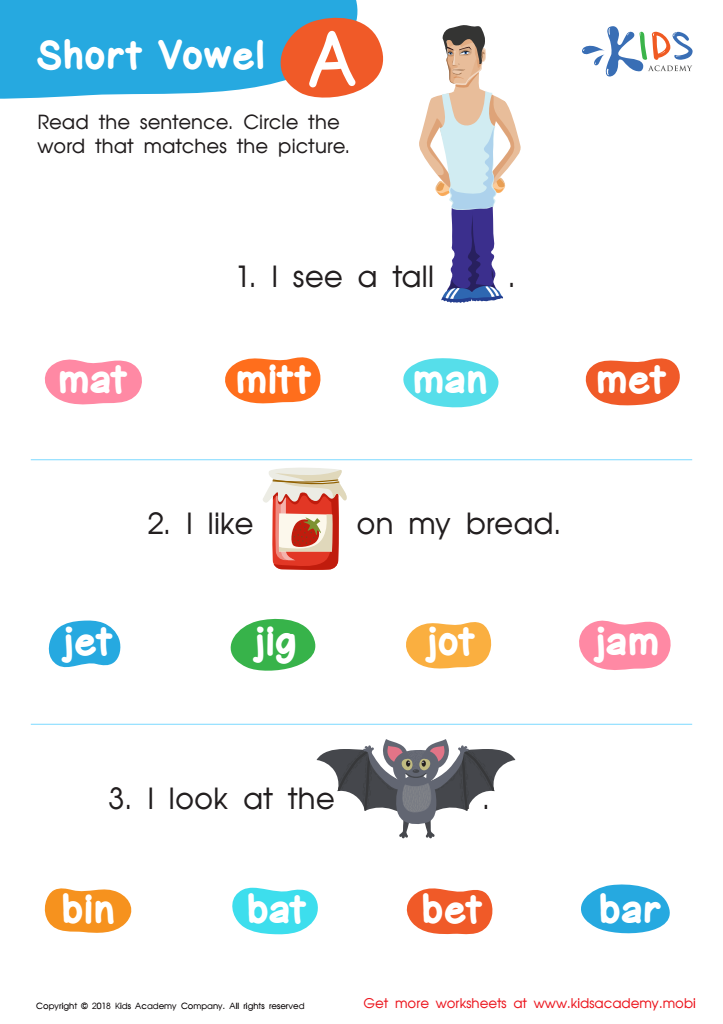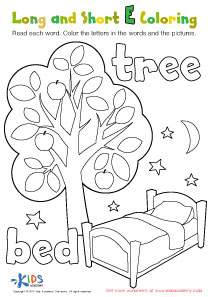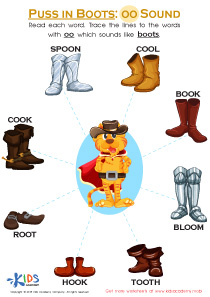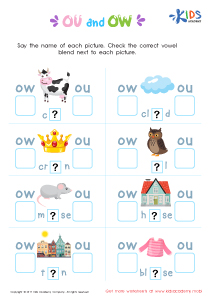Phonics practice Normal Short Vowels Worksheets for Ages 6-9
4 filtered results
-
From - To
Enhance your child's reading skills with our "Phonics Practice Normal Short Vowels Worksheets" designed for ages 6-9. These engaging and interactive worksheets focus on short vowel sounds, helping young learners master the foundational skills of phonics. Each activity is crafted to promote recognition, pronunciation, and application of short vowels in words, making learning both fun and effective. With colorful illustrations and easy-to-follow instructions, these worksheets are perfect for home or classroom use. Support your child’s literacy journey and boost their confidence in reading with our comprehensive resources tailored to ignite a love for learning! Explore the magic of phonics today!


Short Vowel /a/ Worksheet


short vowels Worksheet


Short Vowel Eggs Worksheet


Reading: EA as in Bread Worksheet
Phonics practice, particularly focusing on normal short vowels, is crucial for children aged 6 to 9 as they develop foundational reading skills. This age group is typically in the primary phases of learning to read, where decoding words effectively is essential. Short vowels form the building blocks of many words, and a strong understanding of these sounds helps children progress in reading fluency and comprehension.
Parents and teachers should care about phonics practice because it lays the groundwork for successful literacy development. Mastering short vowels enables children to blend sounds and decode unfamiliar words, fostering confidence and motivation in reading. This skill not only supports early reading but also enhances writing skills, as children can more accurately spell words based on their phonetic understanding.
Additionally, engaging in phonics practice promotes critical thinking and problem-solving, as kids learn to manipulate sounds and explore word patterns. It cultivates a love for reading, which is vital for lifelong learning. Ultimately, investing time in phonics practice provides children with essential tools for academic success, encouraging proficiency across subjects that rely on reading and comprehension, such as science and social studies. For these reasons, phonics practice should be a priority for both parents and educators.

 Assign to My Students
Assign to My Students














